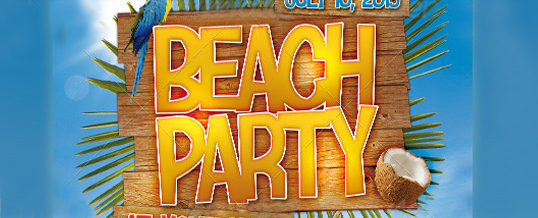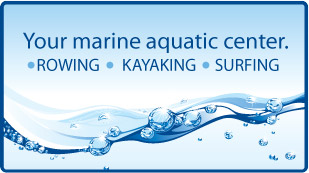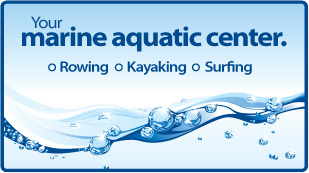5 important factors to keep in mind for a successful sign design
There is a lot more to designing both indoor and outdoor signage than sometimes meets the eye. There are many questions and factors which we take into consideration both before and during the design process, to ensure that your signage project has the most impact. These following 5 factors are some of the key elements we ALWAYS account for when creating your signage design.
A good graphic designer is able to translate a great design across many different types of communications channels. From vehicles and signage, to printed media and the web. Each one of these communication mediums has slightly different viewing capabilities, audiences and design requirements.
1) Know the environment
Knowing the environment in which your sign will be helps us utilize better contrasting colors. Where is the sign going? ( i.e. will it be going on the grass near a sidewalk and busy traffic? ) How close will viewers of your design / message be? Will this sign be going across all types of different environments? These are just some of the questions we may ask you in order to help get the maximum impact for your sign.
2) Contrasting Colors
This ties in with our first tip. What might seem obvious to many goes over others. Use contrasting colors in your designs to accentuate parts of the message that may have more importance. Continuing on from our first point, we often try to contrast the colors of your design with those found in the environment your sign will be located. If your sign will be moved across a wide variety of environments, we will choose safe and friendly colors that blend with all environments.
3) Keep it simple
Another simple trick to ensure your design gets seen is to keep the message simple. On most signage, you don’t have the same luxury as a magazine or website, where your viewers are looking at your design 1ft away from their screen. Keeping the sign “simple” by listing key services (rather than EVERY service you offer) helps eliminate clutter. This in turn allows you to quickly catch passing individuals eyes and better deliver your advertisement.
Let’s show you different designs that illustrate the above 3 points. We’ve created “Bob Joes Landscaping” a fictional landscaping company that wants prospective clients to know who’s completed the work in their community. Which sign stands out better to you?
The example on the left didn’t take into account the environment in which it was going to be placed. We also added every service that we could think our customers would want! But they won’t be able to see it unless they are standing in front of it. The sign on the right keeps it simple, uses contrasting colors to what might be found in its environment, and simplifies the message. Here is one important point: Use your website to sell the client, but let your “work” in the background do the talking!
4) Use Typography to Your Advantage
There is a reason why almost all professional fonts have varying weights, ranging from regular to bold, black, extended etc. We use these properties by giving priority or preference to certain parts of your message. Let’s take a look at these examples to illustrate the point.
The above design looks decent, but could certainly use a little tweaking to help separate the message. Let’s apply some typography techniques to see what we can improve.
In the above example, you can see that we have used varying weights of the font to give more priority and visibility to certain parts of the message.
5) The importance of Blank Space
Picture this, you’re driving down a highway that has many billboards off to the side. Each one is packed with as much information as possible, trying to sell or promote products and services. Have you ever noticed which ones actually catch your eye? It likely was the one with the best use of space. One that uses contrasting colors, negative space and clear / capturing wording.
Rather than jam-pack your design full of information, we often simplify it, but use space effectively around your design to allow it to “jump out”. This technique achieves best results in an area where there is lots of competing signage or advertising such as billboards, construction signage, trade show booths etc.




